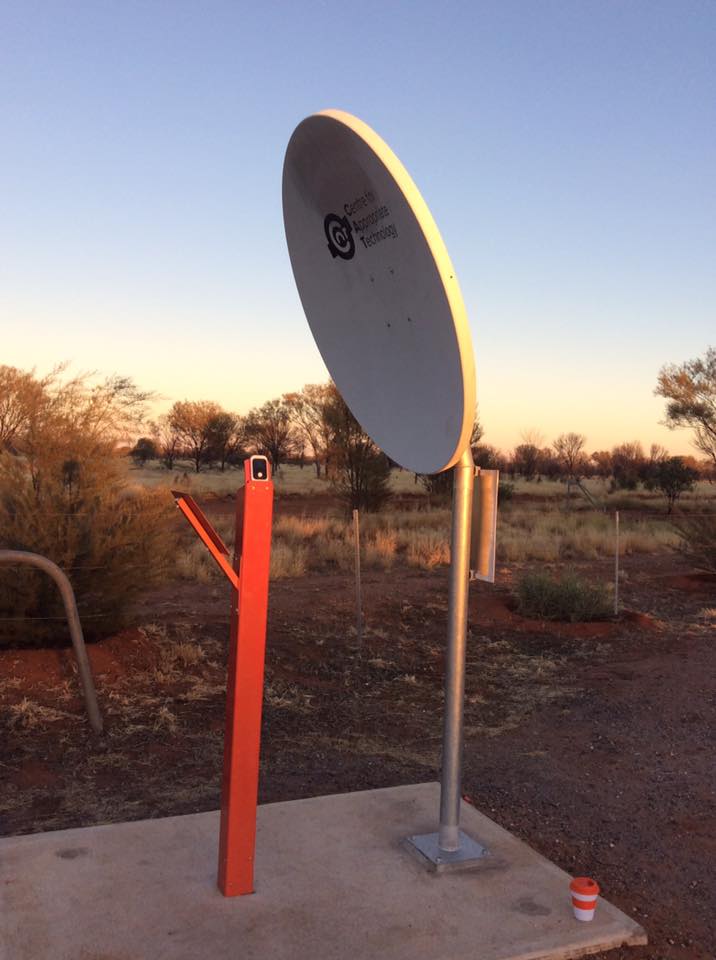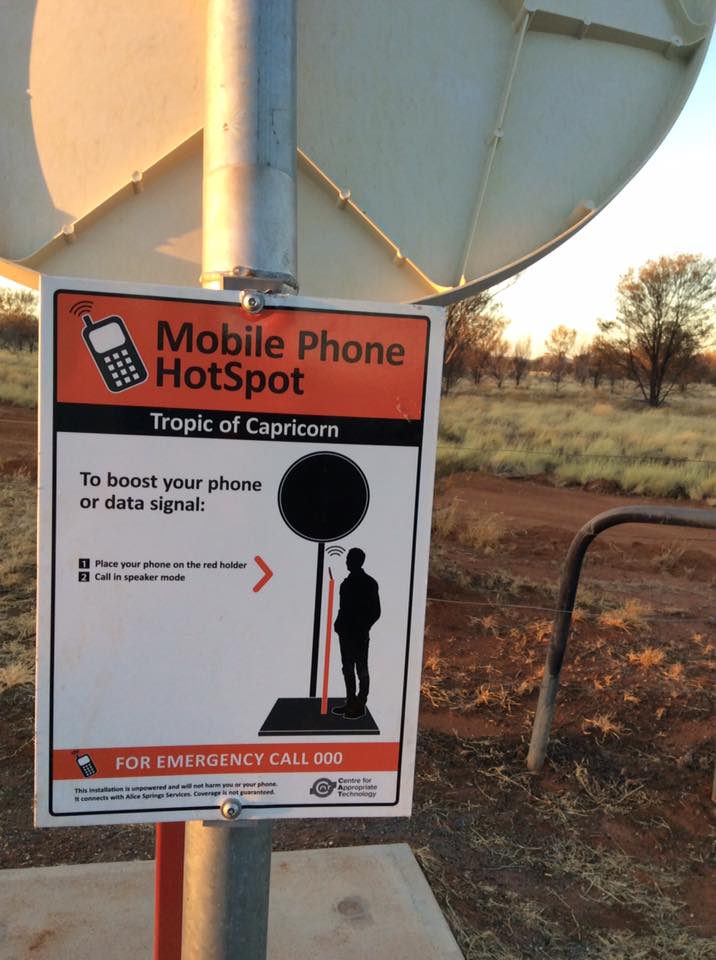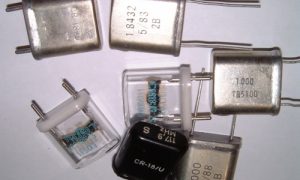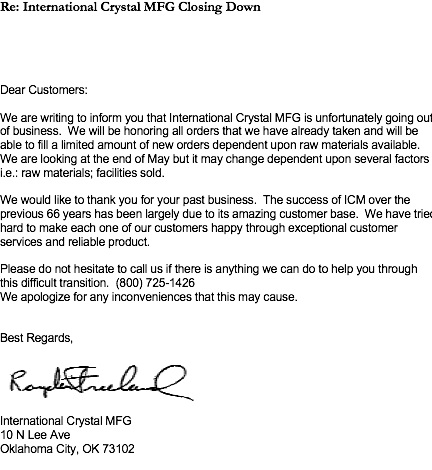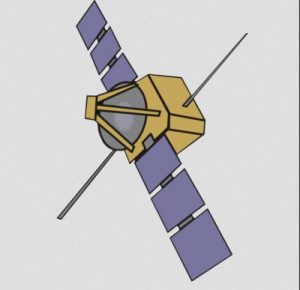
From the WIA, original post here.
Date : 06 / 04 / 2017
Author : Fred Swainston – VK3DAC
Students at the University of Melbourne are well advanced on a program to build a nano-satellite, with the Wireless Institute of Australia assisting in the IARU frequency and other coordination processes. Through the Melbourne Space Program (MSP) affiliated with the University of Melbourne, all is moving ahead for a hand-over of the nano-satellite in November and a launch as early as January 2018. Funding comes from the University of Melbourne, while the Melbourne Space Program is an organisation that holds the licensing, and other matters related to the launch.
It has involved a group of ambitious students, seeking to understand and help redefine the Australian space sector through innovation in education, economics and policy, as well as engineering.
Australia is the only Organisation for Economic Cooperation and Development (OECD) nation without a space agency. In 1966, University of Melbourne students built Australia’s first satellite that was launched in 1970 as Australis Oscar 5, to be tracked by 200 radio amateurs in 27 different countries.
The Melbourne Space Program has about 70 active members who are students ranging from 1st year university to masters level and post-graduate.
The key objectives include being the first students to launch an Australian nano-satellite, create education, research in space, collaborate with academia and industry, and promote gender parity in the STEM (science, technology, engineering and mathematics) and Arts disciplines.
Work was continuing launch Australia’s first nano-satellite and more news is expected in coming months.
Fred Swainston VK3DAC/VK4FE, WIA STEM Coordinator


